One of the most uplifting news stories of 2011 was “the Arab Spring”, but it diverted attention from an equally surprising democratic flowering in Myanmar.
A year later, approaching the spring of 2012, the transitions out of authoritarian rule in Egypt, Libya, Syria and other Middle Eastern countries are looking uncertain. Instead of the easy transitions to democratic rule anticipated by many in America and the West, we are seeing violence and anti-democratic religious fervor. By contrast, democratic rule seems to be advancing by leaps and bounds in Myanmar, and with little violence. Aung San Suu Kyi, the globally admired icon of democracy, is expected to win a seat in the legislature through the by-election to be held on April 1—barely 18 months after being released from more than seven unbroken years of house arrest.
Three differences between Myanmar and the Arab Spring countries help in understanding why—a year into their respective transitions—the prospects for success in Myanmar appear greater. First, the transition to democratic rule in Myanmar was orchestrated by its long-time military rulers instead of being triggered by mass uprisings. Second, Myanmar is located in the middle of the high-growth Asian region. Third, there is a remarkable absence of rancor and revenge in Myanmar. For example, when former Prime Minister Khin Nyunt was freed in January 2012 after eight years under house arrest, he was quoted in the press saying that he bore no grudge against those who took away his freedom.
Myanmar’s political and economic progress in the past year contrasts sharply with its historical legacy of decline, from the East Asian country with the brightest prospects at the end of World War II to one of the lowest ranking countries in the world today by most socio-economic indicators. Inept governance in the presence of longstanding ethnic divisions was at the root of this decline:
- Burma became independent from Britain in 1948, six months after the assassination of General Aung San—the father of Aung San Suu Kyi—who led the fight for independence.
- A succession of democratically elected governments failed to generate sustainable economic growth or resolve ethnic tensions. General Ne Win staged a coup in 1962, nationalized the economy, drove out the foreigners, and closed the borders.
- Aung San Suu Kyi, married and living in England, returned to Burma in early 1988 to visit her ill mother. A few weeks into her visit, a popular uprising forced Ne Win to resign. The new military junta renamed the country Myanmar and held a multi-party election in 1990. Inexplicably, they allowed the party led by Daw Suu Kyi—the National League for Democracy—to win by a landslide. The junta promptly disavowed the results.
- General Than Shwe emerged as the unchallenged leader of Myanmar in 1992, ruling whimsically and ruthlessly. He restored the market economy, but was unable to end the ethnic conflicts. The United States and other western nations progressively tightened political and economic sanctions.
- In 2004, Than Shwe adopted a “Seven-Step Roadmap to a Discipline-Flourishing Democracy”. One key step was a rigged referendum in May 2008 to approve a new constitution. Another was the multiparty election in November 2010 that produced the present government led by President Thein Sein. But the economy continued to under perform.
After his inauguration, President Thein Sein launched a surprising series of initiatives designed to escape Myanmar’s legacy of conflict and poverty and normalize relations with the West. This outcome begs the question of who deserves the credit.
Supporters of the western sanctions are claiming credit for squeezing the country to a point where it could only save itself by becoming democratic. If the transition in Myanmar had begun after the latest tightening of sanctions in 2008, this claim might be credible but it began four years earlier.
An equally dubious claim is being made by Myanmar’s partners in the Association of Southeast Asian Nations (ASEAN) and by its other Asian neighbors, notably Japan, Korea, and India. They assert that their policies of “engagement” made the transition possible, but their engagement was more rhetorical than substantive.
A more compelling explanation lies in the spectacular economic progress Asian countries have made over the past 30-40 years. After seeing their country fall behind its neighbors when pursuing various unsuccessful development strategies, Myanmar’s military elite seems to have decided to embark on the same path to prosperity that these neighbors took. In effect, President Thein Sein—a former army general—decided in 2011 to make the kind of policy leap that Deng Xiaoping took in China in 1979.
Now the challenge for the United States is to avoid derailing the transition in Myanmar. One mistake could be smothering Myanmar in kindness. Already Myanmar is experiencing the leading edge of what looks like a tidal wave of aid. In these circumstances, it would be especially unwise for the United States to act on its impulse to ignore what Myanmar wants and deliver what the U.S. decides it needs. A smarter approach would be to respond carefully to specific requests from the government of Myanmar and work collaboratively with Myanmar’s Asian neighbors.
Already a victim of unintended consequences several times over, we cannot let the 50-plus million citizens of Myanmar experience another “winter” by overwhelming policy makers and attacking powerful vested interests too quickly.
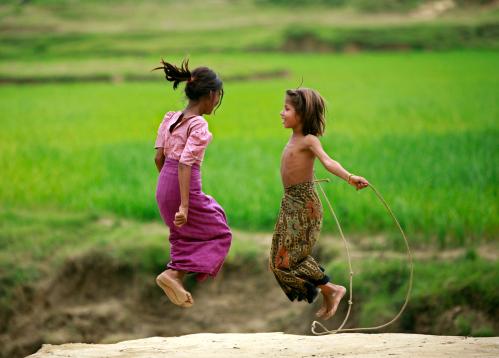
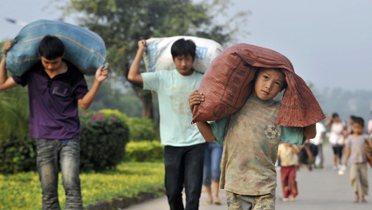
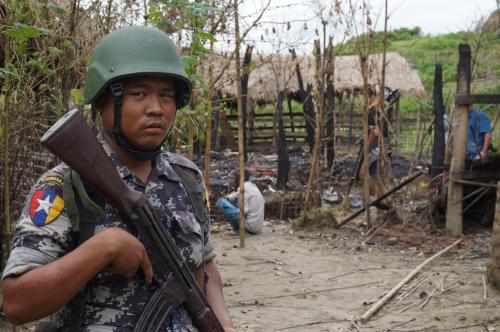
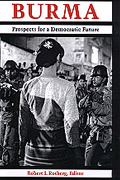
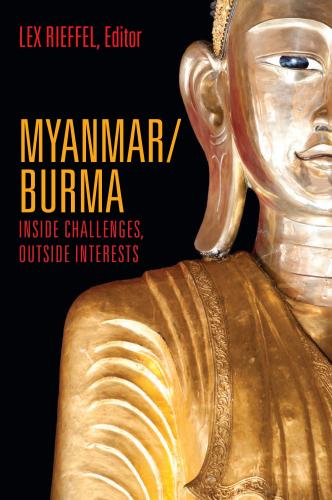
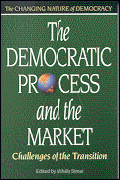



Commentary
Op-edSpring in Myanmar
March 7, 2012